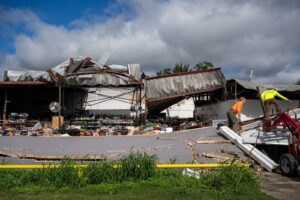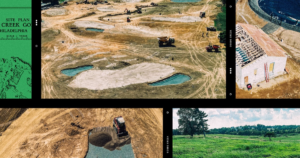The constant movement of the Earth’s tectonic plates is reshaping our planet on a daily basis, but deep mantle processes also play a role, recent research shows.
Many of the Earth’s most important features sit on plate boundaries: mountain ranges such as the Himalayas appear where continental plates collide; volcanoes and ocean trenches such as those around the Pacific Ocean occur where oceanic plates subduct beneath continental plates. But our planet also has many surface features that sit far from tectonic plate boundaries and cannot be so easily explained.
To better understand these puzzling features, researchers compared crustal thickness data with mantle measurements, to identify places where differences in the temperature and chemistry of the mantle were likely to create bulges and basins on Earth’s surface.
Their findings, published in the Journal of Geophysical Research: Solid Earthshow that areas where the mantle is warm produce some of the largest bulges (up to 2 km high and spanning hundreds of kilometres), such as the Afar-Yemen-Red Sea region, western North America and Iceland.
Meanwhile, cool mantle regions produce deep basins such as those found around the Black, Caspian and Aral Seas and in the East European Plain. Such features develop slowly over millions of years, but are fundamental to geological processes such as erosion and sedimentary deposition.






